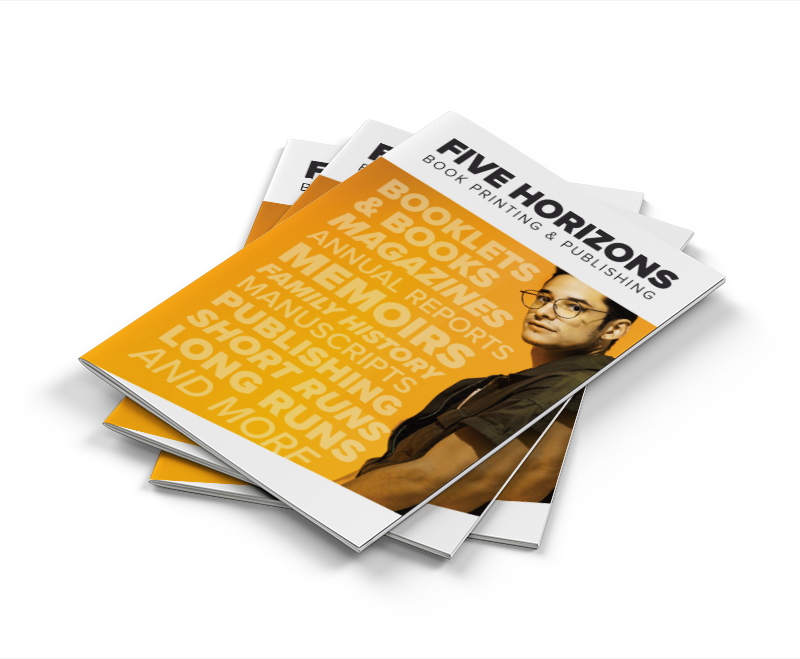






When it comes to book printing in Melbourne, authors and self-publishers need to navigate the maze of copyrights and legal requirements. Understanding these laws is not only essential for protecting your intellectual property but also for ensuring compliance with the law. In this article, we will explore the important considerations and legal requirements surrounding book printing in Melbourne, providing you with the knowledge and confidence to navigate this process successfully.

In the world of book printing, understanding copyright laws is essential to protect intellectual property and ensure legal compliance. This section will explore the basics of copyright ownership, the duration of copyright protection, and the implications of works entering the public domain.
Copyright ownership grants exclusive rights to the creator of an original work. These rights include the right to reproduce, distribute, display, and create derivative works from the copyrighted material. It is important for authors and self-publishers to understand their rights as copyright owners and the steps they need to take to protect their works.
Copyright protection lasts for a specific duration, which generally extends for the author’s lifetime plus a certain number of years. Once the copyright expires, the work enters the public domain, where it can be freely used by anyone without permission. Knowing when a work enters the public domain is crucial for authors and publishers to determine if they need to seek permission to use copyrighted materials or if the work is available for unrestricted use.
In addition to economic rights, copyright laws also recognize the moral rights of authors and creators. These rights protect the integrity and reputation of their work and ensure that authors are properly attributed as the creators. Respecting creative integrity involves honoring the moral rights of the creators, including the right to be recognized as the author and to maintain control over alterations or distortions of their work.
| Key Points | Implications |
|---|---|
| Copyright ownership | Exclusive rights to reproduce, distribute, display, and create derivative works. |
| Duration of copyright | Lasts for the author’s lifetime plus a designated number of years. |
| Public domain | Works that are no longer protected by copyright and can be used freely. |
| Moral rights | Protect the integrity and reputation of the creator and their work. |
In the world of publishing, safeguarding your intellectual property is essential. The process of legal deposit plays a crucial role in preserving and protecting your published works. By depositing copies of your bound books and other publications with the National Library of Australia, you not only fulfill a legal requirement but also contribute to the preservation of our cultural heritage.
Legal deposit serves as an important mechanism to safeguard your published work for future generations. It ensures that your work is archived and accessible to researchers, scholars, and readers long after its initial release. By complying with legal deposit requirements, you contribute to the collective memory of our literary landscape and help build a comprehensive library collection that spans various genres and topics.
When you deposit your work, it becomes part of a national collection that showcases the diversity and richness of Australian literature. This collection serves as a valuable resource for researchers, historians, and anyone interested in exploring Australia’s cultural heritage through its written works. It provides a window into the past and sheds light on the development of our society, arts, and ideas over time.
Furthermore, legal deposit offers additional benefits to authors and publishers. It enhances the discoverability of your work as it becomes catalogued and readily accessible through national library catalogs and databases. This increased exposure can lead to greater recognition and potential opportunities for your writing career.
By complying with legal deposit requirements, you also demonstrate your commitment to the literary community and support the preservation of Australia’s cultural heritage. Your contribution helps to create a comprehensive record of our country’s literary output, ensuring that it is accessible and available for future generations to enjoy and learn from.
So, take the necessary steps to fulfill your legal deposit obligations and join the ranks of authors who are actively preserving and safeguarding their published works. By doing so, you contribute to the rich tapestry of Australian literature and leave a lasting legacy for generations to come.
In order to bring your book to life, there are several costs to consider when utilizing professional book printing services. These costs include editing and proofreading expenses, cover design and layout files, and the actual printing costs. It is important to understand and estimate these expenses to ensure a successful and high-quality book project.
Editing and proofreading are essential steps in the book publishing process to ensure a polished and error-free final product. The cost of these services will depend on factors such as the length and complexity of your manuscript, the level of editing required, and the experience and expertise of the editing professionals. It is advisable to budget for these expenses as they contribute to the overall quality of your book.
The cover design and layout of your book play a crucial role in attracting readers and making a strong first impression. Investing in professional cover design services and well-designed layout files can significantly enhance the visual appeal and marketability of your book. The cost of cover design and layout will vary depending on factors such as the complexity of the design, the use of illustrations or graphics, and the expertise of the designers involved. Remember that a visually appealing book is more likely to grab the attention of potential readers.
The final cost associated with professional book printing services is the actual printing of your book. Printing costs can vary depending on factors such as the size, page count, binding method, and quantity of books being printed. It is recommended to obtain quotes from multiple printing companies to compare prices and quality before making a decision. Keep in mind that higher quality printing may come at a higher cost, but it can greatly impact the overall presentation and perceived value of your book.

When it comes to selecting a book printing company in Melbourne, self-publishers have a range of options and choices available to them. From selecting the printing process to deciding on binding options and customization, self-publishers can create a book that meets their unique needs and stands out in the market.
One of the first decisions self-publishers need to make is whether to opt for digital printing or offset printing. Digital printing is a cost-effective option for small print runs and allows for quick turnaround times. Digital Book Printing has grown exponentially since the early 2000’s, primarily due to its low cost setup nature.
On the other hand, offset printing is ideal for larger quantities and offers high-quality results.
After deciding on the printing process, self-publishers must choose the binding option that suits their book. Saddle stitching is a popular choice for thin booklets, while perfect binding provides a professional finish for thicker books. Other options include coil binding, wire binding, and case binding, each offering its own benefits and aesthetic appeal.
Wire Bound Books with HardCover Book Printing are favoured, for example, by Cookbook Publishers. Soft Cover Books can refer to books with a cover weight up to 350/400gsm, can be applicable to all book bound variations, including Saddle Stitched Books – although 400gsm is around the maximum stock weight for this application.
To make their book truly unique, self-publishers should consider customization options. This can include selecting a specific paper type, adding special finishes like embossing or spot UV, or incorporating unique design elements. Personalization is key to creating a book that captures readers’ attention and distinguishes it from other publications.
| Printing Process | Benefits |
|---|---|
| Digital Printing | Cost-effective for small print runs Quick turnaround times |
| Offset Printing | Ideal for larger quantities High-quality results |
Table: Comparison of Digital Printing and Offset Printing for Self-Publishing
By carefully considering book printing options, self-publishers in Melbourne can make informed choices that align with their goals and budget. The decision between digital and offset printing, along with selecting the appropriate binding method and incorporating customization, will ultimately contribute to the successful creation of a book that reflects the author’s vision and resonates with readers.
In conclusion, navigating the book printing process in Melbourne requires a clear understanding of copyright laws, legal deposit requirements, and associated costs. By familiarizing themselves with these key considerations, authors and self-publishers can protect their intellectual property and ensure compliance with the law.
Understanding copyright laws is essential to establish ownership and protect creative works. Authors should be aware of the duration of copyright and the implications of works entering the public domain. Respecting moral rights and preserving creative integrity is crucial for maintaining the integrity of their work.
Legal deposit plays a significant role in safeguarding published works, allowing authors to preserve their contributions to the literary community. By depositing copies of their books with the National Library of Australia, authors not only comply with legal requirements but also contribute to the preservation of Australia’s literary heritage.
Lastly, authors and self-publishers should consider the costs associated with professional book printing services. Estimating expenses for editing, proofreading, cover design, layout files, and printing is essential for budgeting purposes and ensuring the production of a high-quality final product.
By making informed decisions and understanding the intricacies of book printing in Melbourne – no matter how it is bound or whether they are Soft Cover or Hard Cover Books – authors and self-publishers can confidently navigate the process, protect their intellectual property, and produce exceptional books for their readers.
Copyright © 2025 Five Horizons. All Rights Reserved.